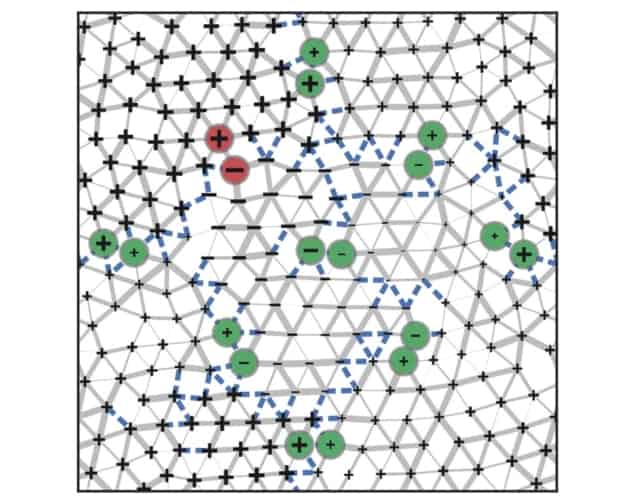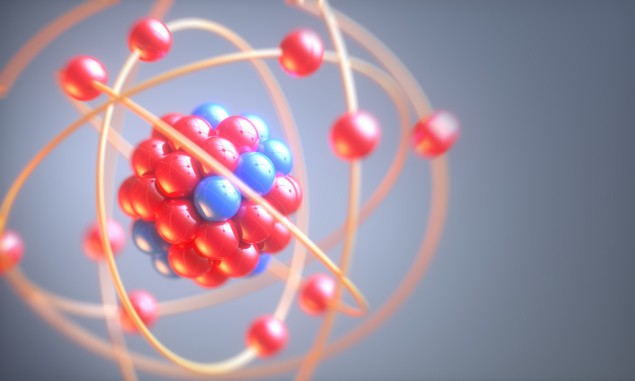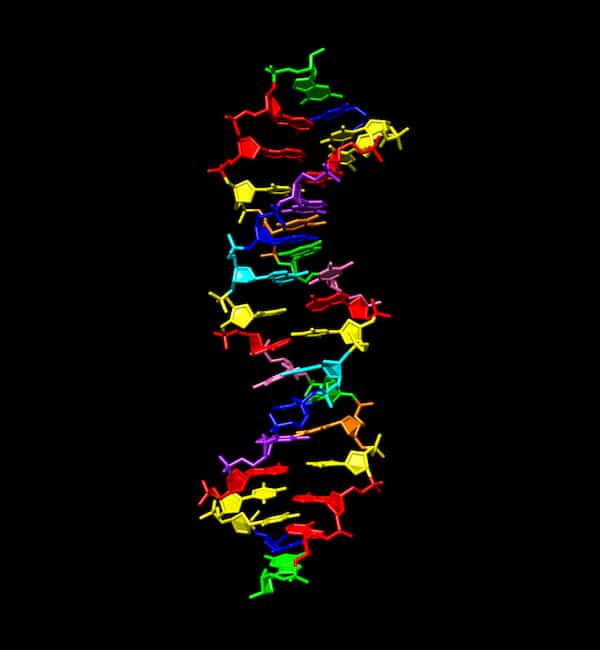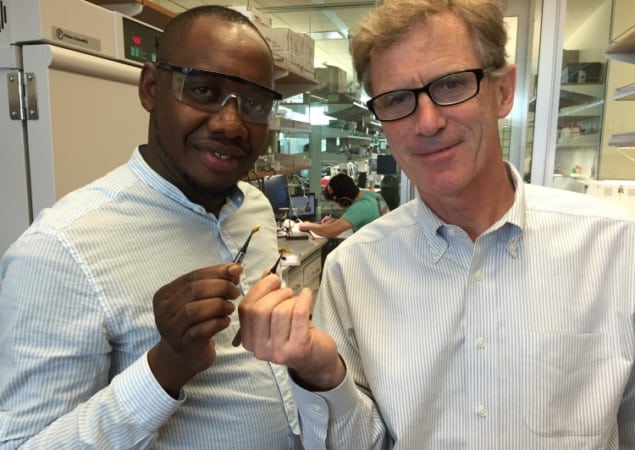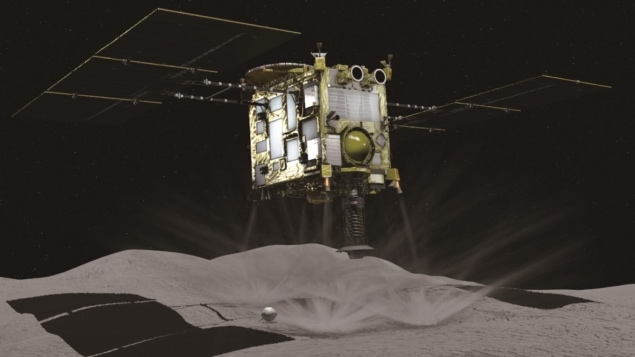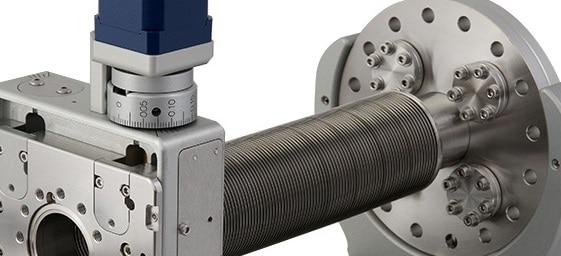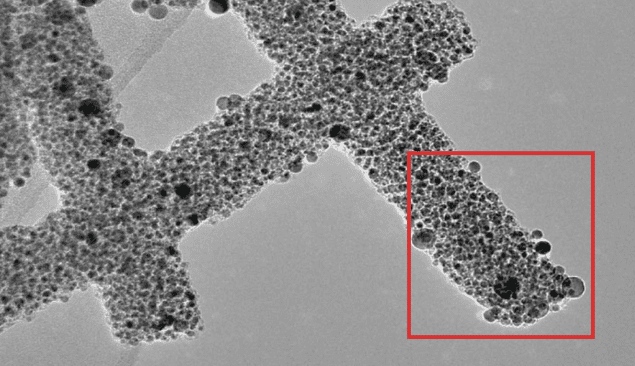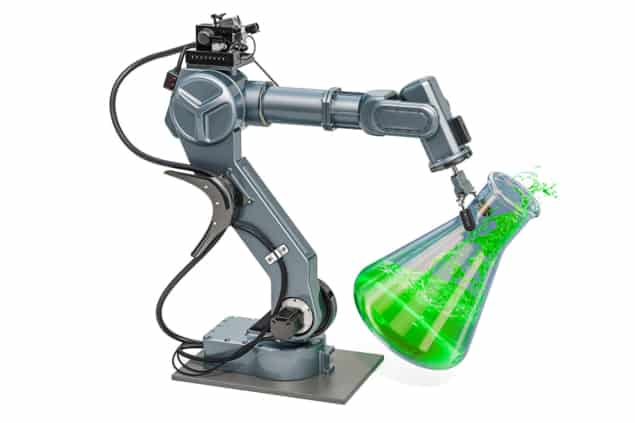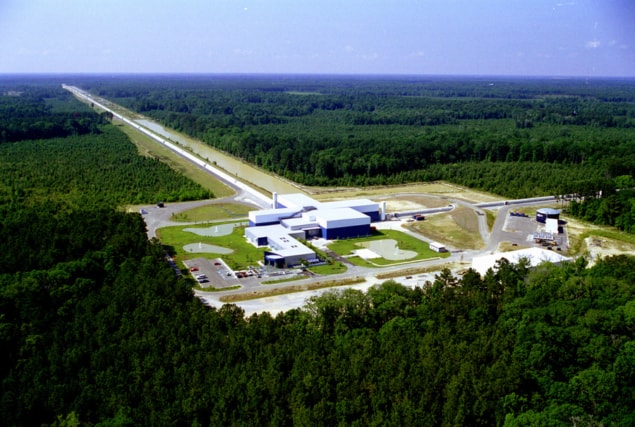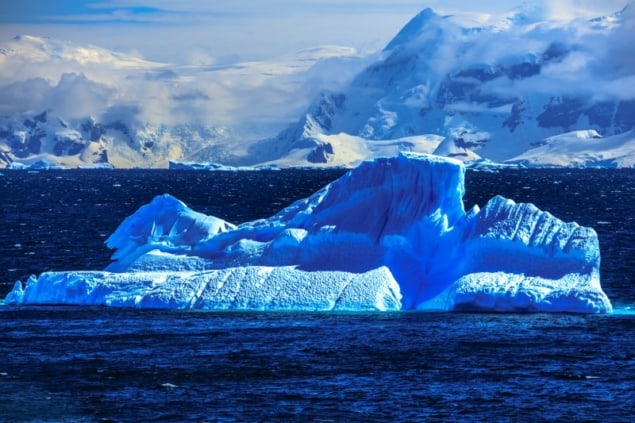Multitasking in biological networks: is there a limit?
21 Feb 2019 Rojin Jafari
We have all heard of multitasking, but did you know that components of your body are also able to do more than one thing at a time? For instance, many proteins in the body are capable of catalyzing more than one reaction, and the system of blood vessels in the brain is able to enhance flow and delivery of oxygen and nutrients to more than one region at once. So is there a limit to this multifunctionality? According to a new study, yes, there is (PNAS10.1073/pnas.1806790116).
Many complex systems in biology can be thought of as networks. These networks perform tasks by controlling connections within the network, called “edges”. This view is useful in understanding biological systems at a fundamental level, which in turn can lead to improved therapeutics and biologically-inspired engineering.
